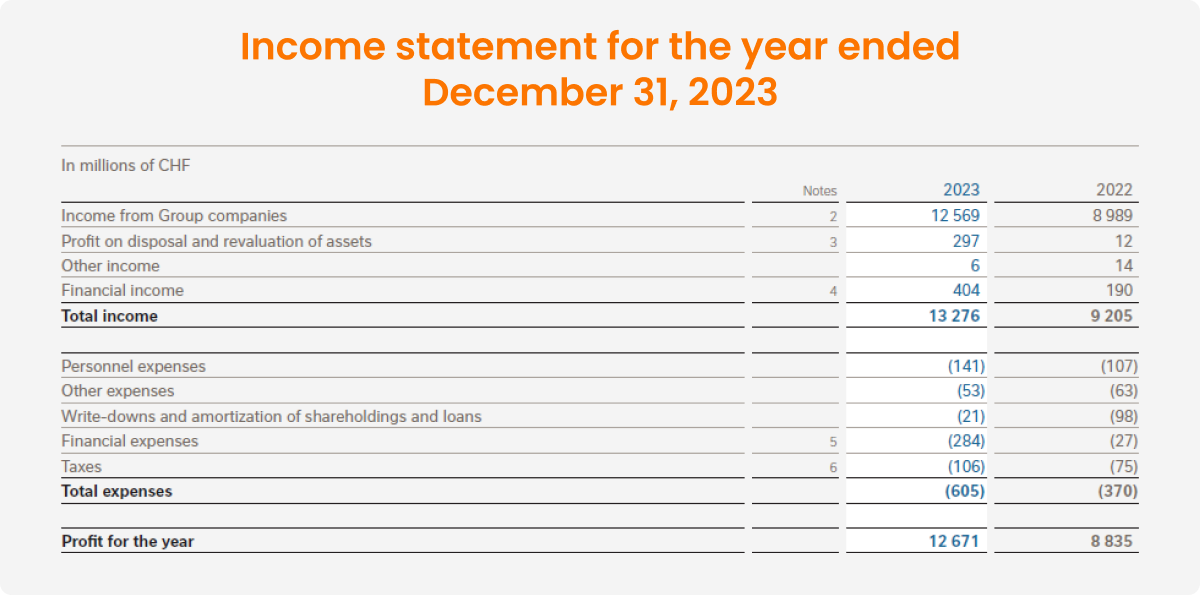
Are you looking to track your business’s financial performance over the course of the year? A year-to-date profit and loss statement can provide you with a comprehensive overview of your company’s financial health. This document summarizes your revenues, expenses, and profits from the beginning of the year up to the current date. By regularly updating and analyzing this statement, you can make informed decisions to improve your business’s profitability.
In this guide, we will delve into the what, why, and how of year-to-date profit and loss statements, as well as provide examples and tips for successful implementation.
What is a Year-to-Date Profit and Loss Statement?
A year-to-date profit and loss statement, also known as a YTD P&L statement, is a financial document that shows how your business has performed financially from the start of the year up to the present moment. It provides a snapshot of your company’s revenues, expenses, and net income or loss during this period. This statement is essential for monitoring your business’s financial progress, identifying trends, and making strategic decisions to improve profitability.
Components of a Year-to-Date Profit and Loss Statement
A typical year-to-date profit and loss statement includes the following components:
– Revenue: Total income generated from sales or services
– Cost of Goods Sold (COGS): Direct costs associated with producing goods or services
– Gross Profit: Revenue minus COGS
– Operating Expenses: Costs incurred in running the business, such as rent, utilities, salaries, and marketing
– Net Income: Gross profit minus operating expenses
Why Use a Year-to-Date Profit and Loss Statement?
1. Track Financial Performance
A year-to-date profit and loss statement enables you to track your business’s financial performance over time. By monitoring your revenues, expenses, and profits on a regular basis, you can identify trends, make adjustments, and set realistic financial goals for your company.
2. Make Informed Decisions
Having up-to-date financial information at your fingertips allows you to make informed decisions about your business. Whether it’s cutting costs, increasing prices, or investing in new opportunities, a YTD P&L statement provides the insights you need to drive your business forward.
3. Communicate with Stakeholders
A year-to-date profit and loss statement is a valuable tool for communicating your business’s financial performance to stakeholders, such as investors, lenders, and partners. It helps build trust and transparency by providing a clear picture of your company’s financial standing.
How to Create a Year-to-Date Profit and Loss Statement
Creating a year-to-date profit and loss statement is a straightforward process that involves compiling financial data from your accounting records. Here are the steps to follow:
1. Gather Financial Data: Collect information on your revenues, expenses, and other financial transactions from the beginning of the year to the current date.
2. Organize Data: Categorize your financial data into revenue, COGS, operating expenses, and other relevant categories.
3. Calculate Totals: Calculate the total revenue, COGS, gross profit, operating expenses, and net income for the year-to-date period.
4. Format the Statement: Use accounting software or a spreadsheet program to create a professional-looking profit and loss statement.
5. Review and Analyze: Review the statement for accuracy and analyze the financial data to gain insights into your business’s performance.
Examples of Year-to-Date Profit and Loss Statements
To help you visualize what a year-to-date profit and loss statement looks like, here are a few examples:
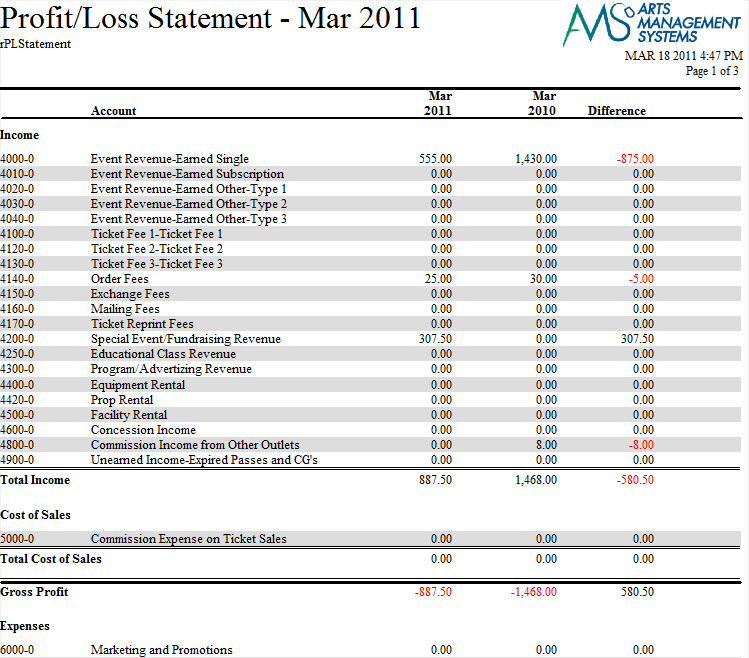
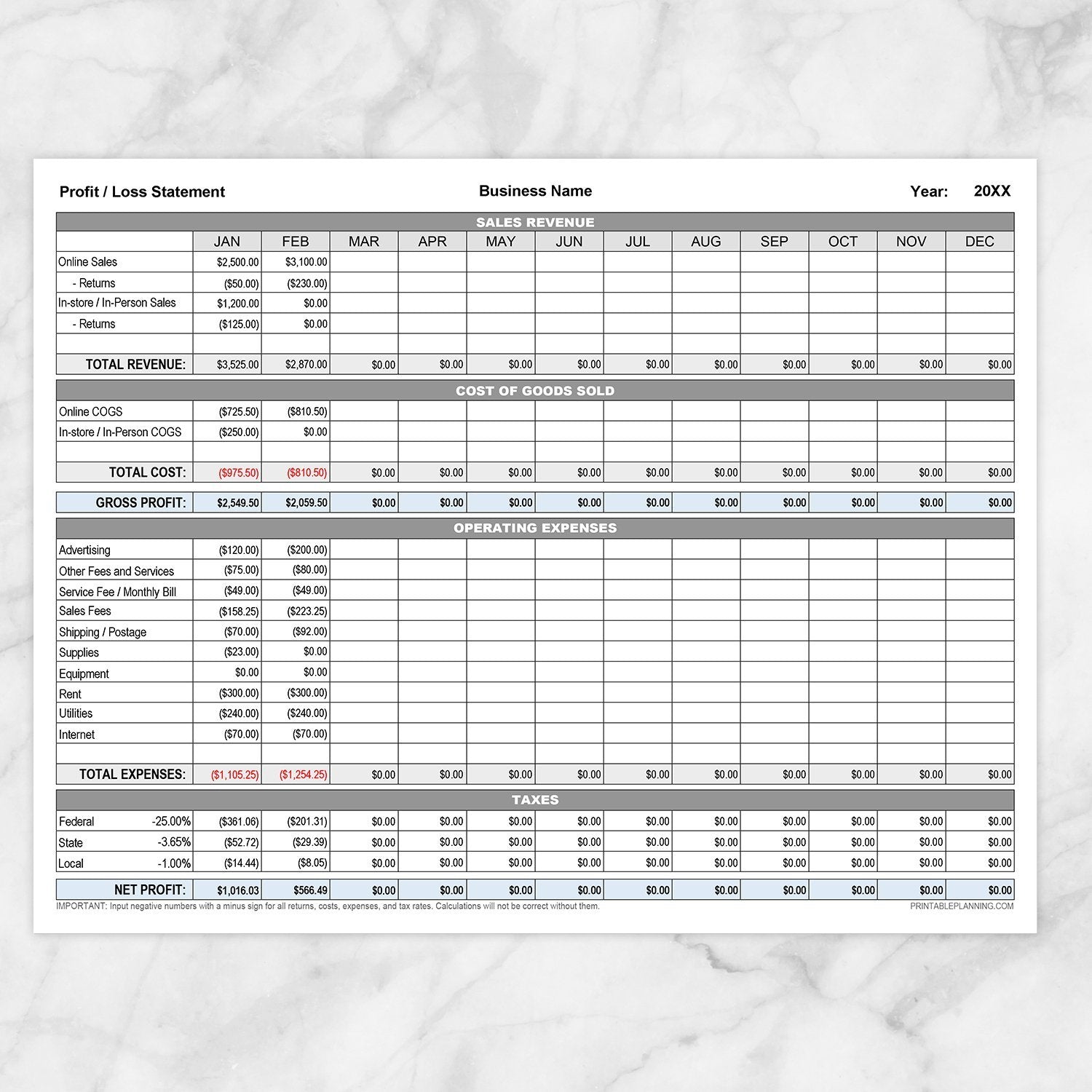

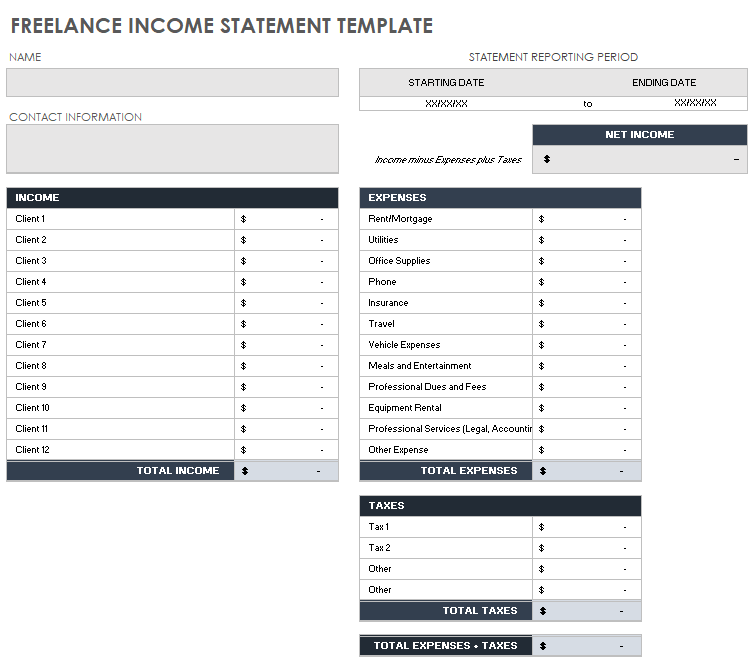
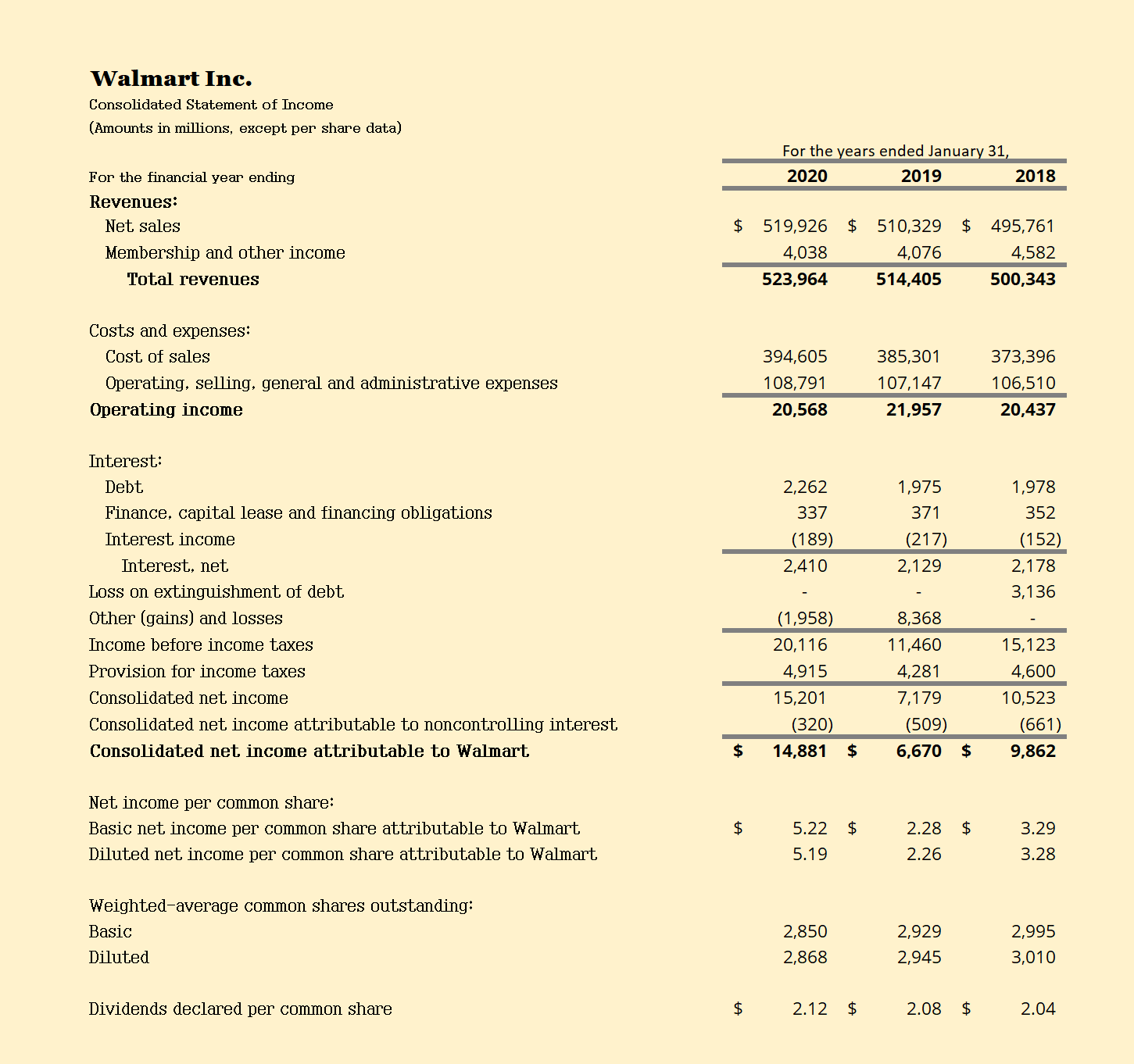
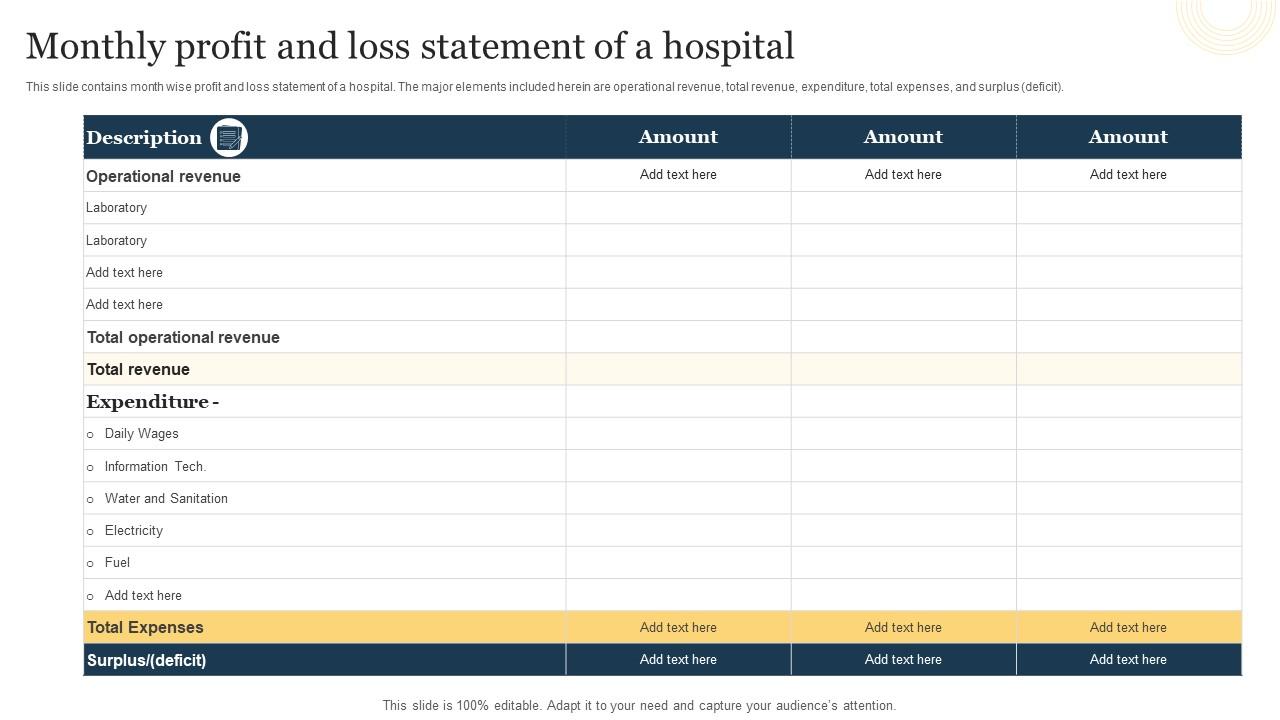
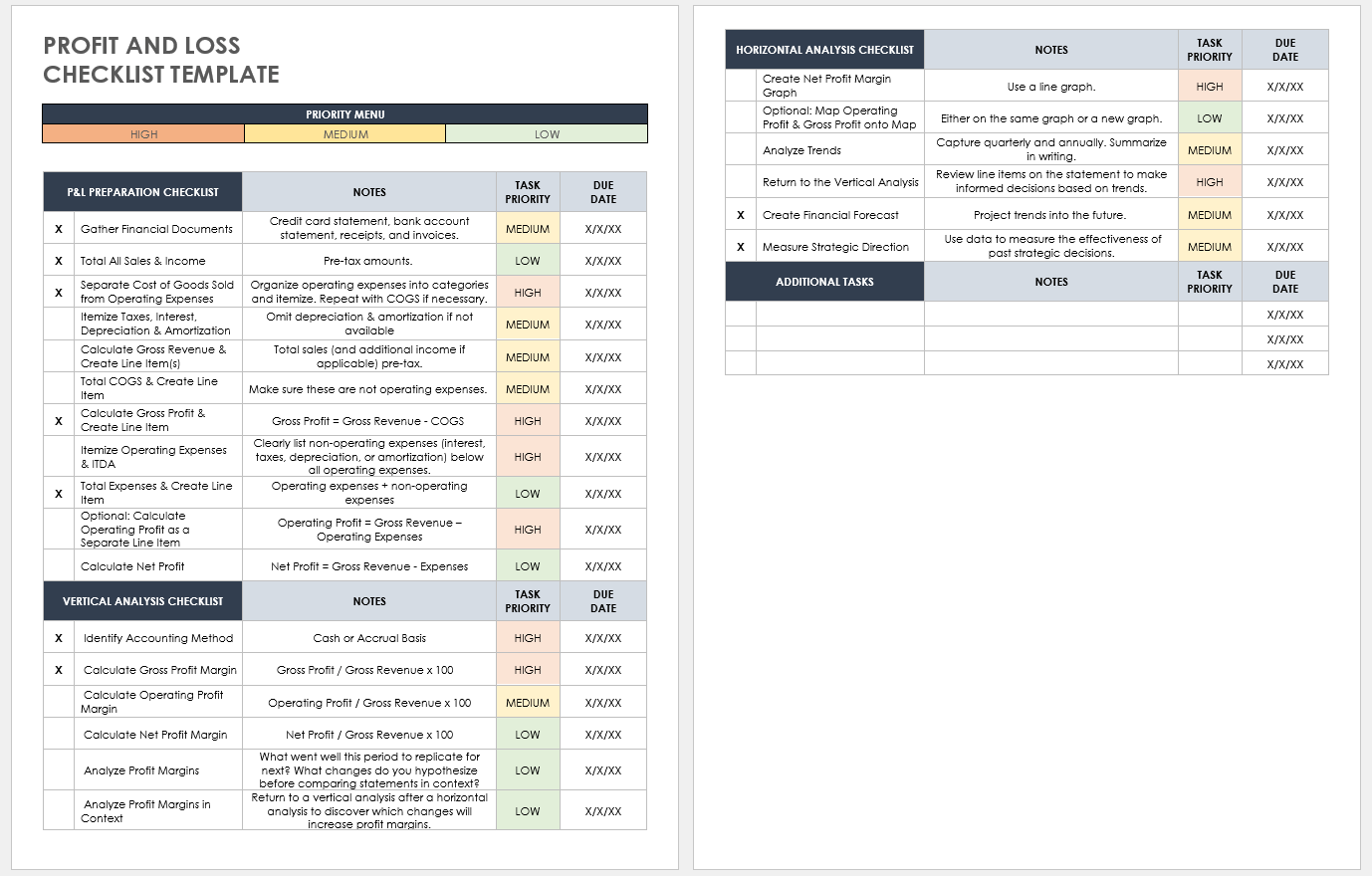
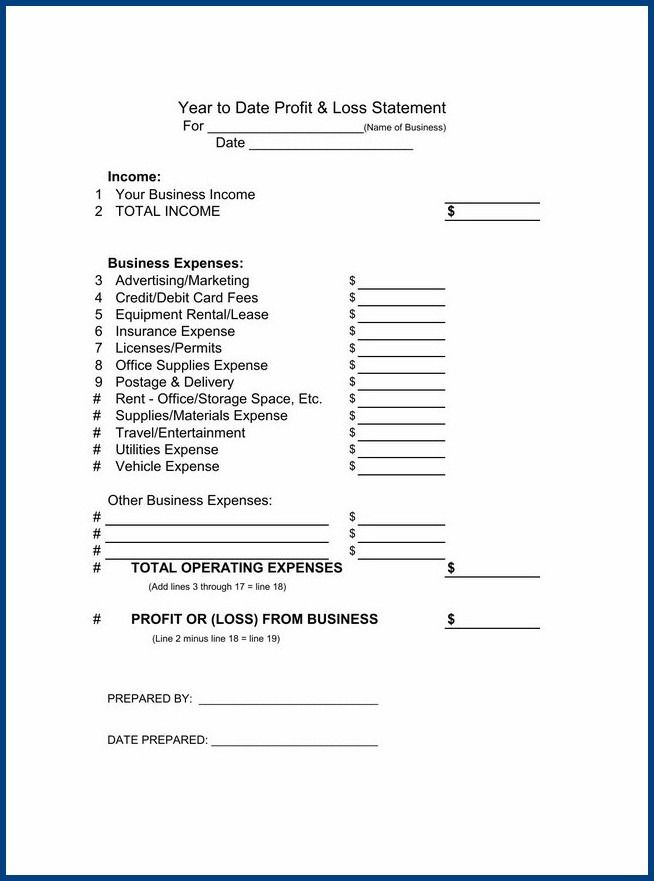
Tips for Successful Implementation of Year-to-Date Profit and Loss Statements
– Regularly update your YTD P&L statement to stay informed about your business’s financial performance.
– Compare your current year-to-date performance with previous periods to identify trends and areas for improvement.
– Seek professional advice from an accountant or financial advisor to ensure the accuracy and reliability of your financial statements.
– Use your year-to-date profit and loss statement as a tool for setting financial goals and making informed business decisions.
In conclusion, a year-to-date profit and loss statement is a valuable financial tool for tracking your business’s performance and making informed decisions. By following the steps outlined in this guide and using the examples provided, you can create an effective YTD P&L statement to help your business thrive. Remember to review your financial data regularly, analyze the results, and make strategic adjustments to improve profitability.
Year-to-Date Profit And Loss Statement – Download